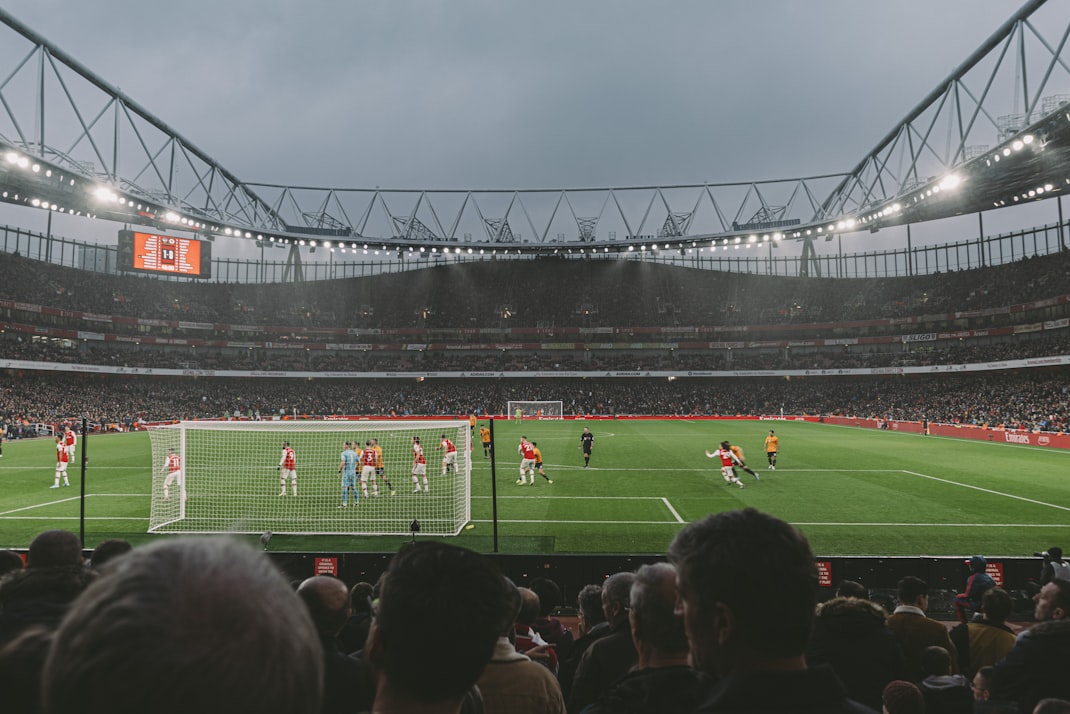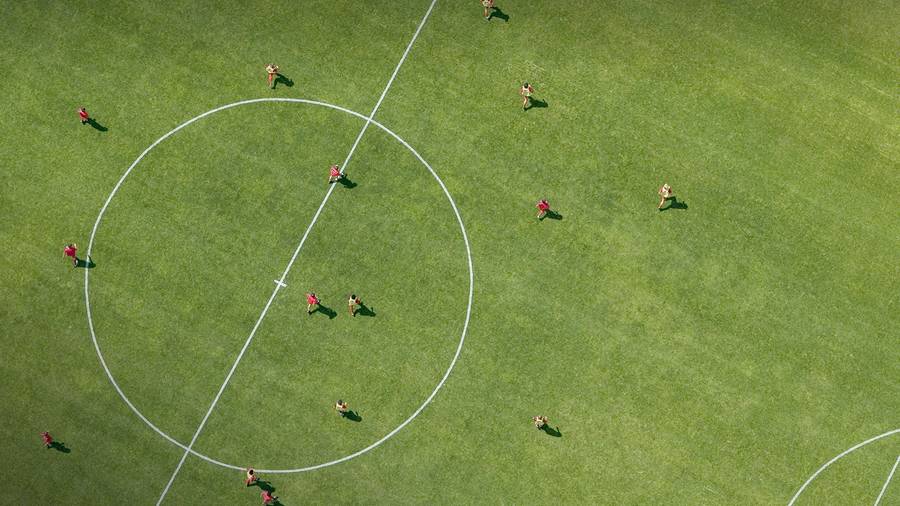The concept of the "False Nine" has revolutionised modern football, introducing a tactical nuance that shifts traditional attacking play.
A false nine diverges from the conventional striker by incorporating elements of midfield play, demanding versatility and tactical awareness.
Sports betting website, Bet442, has looked into the pros and cons of deploying a false nine, providing a comprehensive analysis of its impact on team dynamics, match outcomes, and overall strategy.
What is a False Nine?
A false nine is a forward who, instead of staying high up the pitch to receive balls and score goals, drops deeper into midfield areas. This movement confuses defenders, creates space for other attackers, and links play between the midfield and attack.
Notable players like Lionel Messi, Francesco Totti, and Roberto Firmino have famously embodied this role, showcasing its potential when executed effectively.
Pros of Playing a False Nine
Unpredictability and Fluidity
One of the most significant advantages of playing a false nine is the unpredictability it brings to the attacking phase. By dropping deep, the false nine can drag central defenders out of position, disrupting the opposition's defensive structure.
This movement creates space for wingers or attacking midfielders to exploit, leading to fluid and dynamic attacking play.
Overloading the Midfield
When a false nine drops into the midfield, it often creates numerical superiority in that area. This overload can help a team dominate possession and control the tempo of the game.
The extra midfielder allows for better ball retention and can facilitate quick transitions from defence to attack.
Exploiting Defensive Weaknesses
Defenders are trained to mark traditional strikers closely. A false nine, by vacating the forward position, can exploit the confusion and hesitation this causes among defenders.
This can lead to defensive mistakes, opening up scoring opportunities for teammates making late runs into the box.
Flexibility in Attack
A false nine system offers great flexibility. The player can switch roles seamlessly with wingers or attacking midfielders, making it harder for opponents to predict and counter their movements. This interchangeability keeps the attacking play dynamic and versatile.
Cons of Playing a False Nine
Lack of a Traditional Finisher
One major drawback is the potential lack of a traditional goal-scoring presence in the box. Without a conventional striker, teams may struggle to capitalise on crosses and direct balls into the penalty area. This can be particularly problematic against teams that defend deep and compactly.
Defensive Vulnerabilities
Deploying a false nine requires full-backs and midfielders to push forward to support the attack, which can leave the defence exposed to counter-attacks. Opponents with fast, direct players can exploit the spaces left behind, leading to potential defensive frailties.
High Tactical and Technical Demands
The role of a false nine is highly demanding, requiring exceptional tactical intelligence and technical ability. Not every player can adapt to this position, and its success heavily depends on the individual's understanding of spatial awareness, movement, and passing precision.
The system also requires other players to be tactically astute, making it challenging to implement consistently.
Risk of Isolation
If the false nine drops too deep and the team lacks sufficient forward runners, there is a risk of isolating the player from the attacking play. This can result in ineffective ball progression and reduced attacking threat, particularly if the opposition midfield is robust and organised.
Famous Teams and Players Using the False Nine
The false nine has been used to great effect by some of the most successful teams and managers in football history. Pep Guardiola's Barcelona with Lionel Messi as a false nine is perhaps the most iconic example, where Messi's deep-lying playmaking abilities allowed him to score and assist prolifically.
Similarly, Roberto Firmino's role at Liverpool under Jurgen Klopp exemplifies how a false nine can facilitate high-pressing and fluid attacking movements, contributing significantly to the team's success.


















